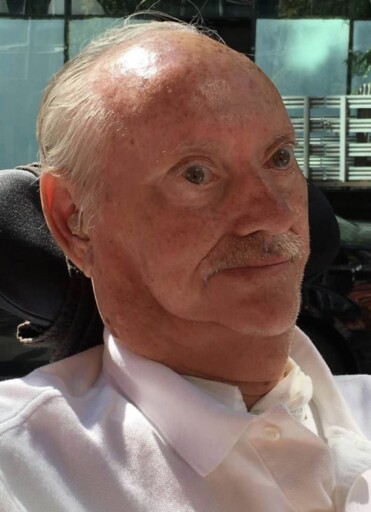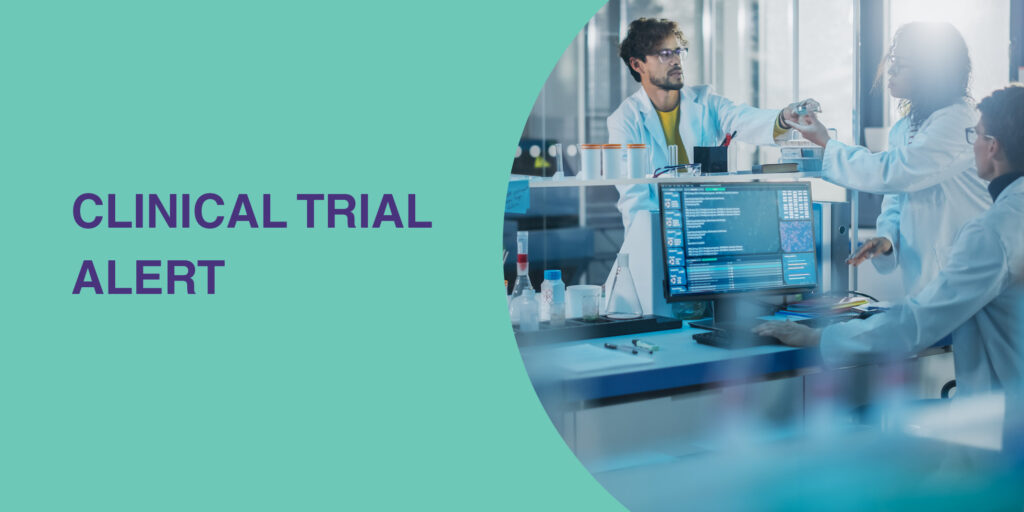
What the COVID-19 Pandemic Can Teach Us About the Isolation Those Living With Neuromuscular Disease Experience Every Day
By Robert Paulson | Wednesday, July 8, 2020
In March 2020, MDA asked our advocates how the novel coronavirus pandemic was impacting their lives. New Yorker Robert Paulson shared his story — and the universal truth about how neuromuscular disease (NMD), like COVID-19, creates isolation. But for those living with amyotrophic lateral sclerosis (ALS) and other forms of NMD, that isolation doesn’t always end. MDA is working on Capitol Hill in Washington, DC, toward greater accessibility for the NMD and disability communities, particularly in light of states’ reopening while the novel coronavirus is still a threat. Read about what we’re doing here.

Robert Paulson
As Americans struggle to adapt to various forms of isolation, I live and breathe my own imposed form of isolation every day. I am an 82-year-old who has been living with ALS (aka Lou Gehrig’s disease) for the past 27 years; like Lou Gehrig, I consider myself the luckiest man because I can work virtually and share my story during these troubling times.
I live with a life-support ventilator, a stomach feeding tube, a tracheotomy, and a coughing machine (which clears my lungs). Since 1998, I have spent all my waking hours in a wheelchair unable to move my legs, arms, hands, fingers, or neck.
ALS is a neurological disease that affects voluntary muscles that control movement, speech, swallowing, and breathing. On average, people with ALS, once diagnosed, live for three to five years, when the disease reaches the muscles that control a person’s lungs and death ensues. The loss of breathing function is insidious. There is no warning. Most die in their sleep. Some die in an easy chair, while reading a book. I know of one person who died while sitting at his computer, his head resting on the keyboard. Unlike the COVID-19 virus, which gives warning signals (rise in temperature, chest tightness, coughing), ALS gives no signal of impending death.
There is, however, a silver lining for those afflicted with ALS: The disease has no effect on the brain, or the eye muscles. Eye-responsive software, which allows one to control a computer with eye movements, can bring the ALS patient full-circle back to the world. However, this software was not widely available until the 2000s. I received my tracheotomy in December 2003, so I hadn’t been able to speak for a number of years before I began using the software. The computer has become my voice; it has given me the ability to write and thereby communicate via email, and it has given me access to the internet. With the computer, there is no limit on what I can do with my eyes and my brain.
Still, in a social setting, the computer becomes a barrier to greetings like a handshake or embracing. Just being confined to a wheelchair makes conversation awkward enough, requiring the other person to lean over or crouch down; with my face blocked by the computer, it’s hardly a conversation starter. In any group setting, I am usually alone with my thoughts or just listening to others speaking. Conversation with the computer is just too difficult. Although the quality of life with ALS has vastly improved with eye-responsive software, we survivors still feel socially isolated.
Now our country, and the world, is embroiled in the fight for our very lives until we conquer COVID-19. This virus was unknown as late as December 2019. Now, more than 2 million Americans have been infected and more than 100,000 have died from this virus. Worldwide, more than 9 million people have been infected. In the US, and many other countries, measures have been taken to curb the spread of this deadly disease: people have stayed home except for emergency trips for medicine and food; those who’ve had to go out have been asked to stay 6 feet apart and wear a face mask covering the nose and mouth; schools are closed; business and industry have shut down or allowed employees to work from home; theatres and movie houses have closed; the streets of our cities have been empty of people and cars. Consequently, with such enforced isolation, virtually all communication outside of one’s home has been via computers — people across the nations looking at screens.
This pandemic, with its attendant limitations on everyone’s way of life, has forced all Americans to confront a level of deprivation and isolation not unlike what I experience on a daily basis. Just as those with ALS have a sense of being locked in, now all Americans, in reality, have experienced what it’s like to be isolated from one another, without touching, without shaking hands, standing 6 feet apart, faces covered, also locked in their own bodies.
People living with ALS are ultimately denied the ability to give or receive comfort or love through the basic experience of human touch. Communication itself becomes constrained. For the person with ALS, that loss is replaced by a computer screen. For those socially isolated because of the viral pandemic, it is eerily similar as they, too, must communicate on disembodied computer screens. Just as a person with ALS may move through pedestrians in a wheelchair, not able to meet the eyes of these who pass by, practicing social distancing also means no longer walking freely among fellow pedestrians; it means diverting one’s eyes and concentrating on keeping a safe distance from others.
There is one striking difference between the novel coronavirus and ALS. The vast majority of people who contract the virus will recover. ALS is a life sentence. There is no cure. Except for a small percentage of instances where the disease is inherited, no one knows what causes ALS. For me, I will press on to my last breath. I have family who are dear to me and a wide circle of devoted and supportive friends. I have a lot to be grateful for; thanks to technology, unlike Lou Gehrig, I am living a long life.
Disclaimer: No content on this site should ever be used as a substitute for direct medical advice from your doctor or other qualified clinician.




